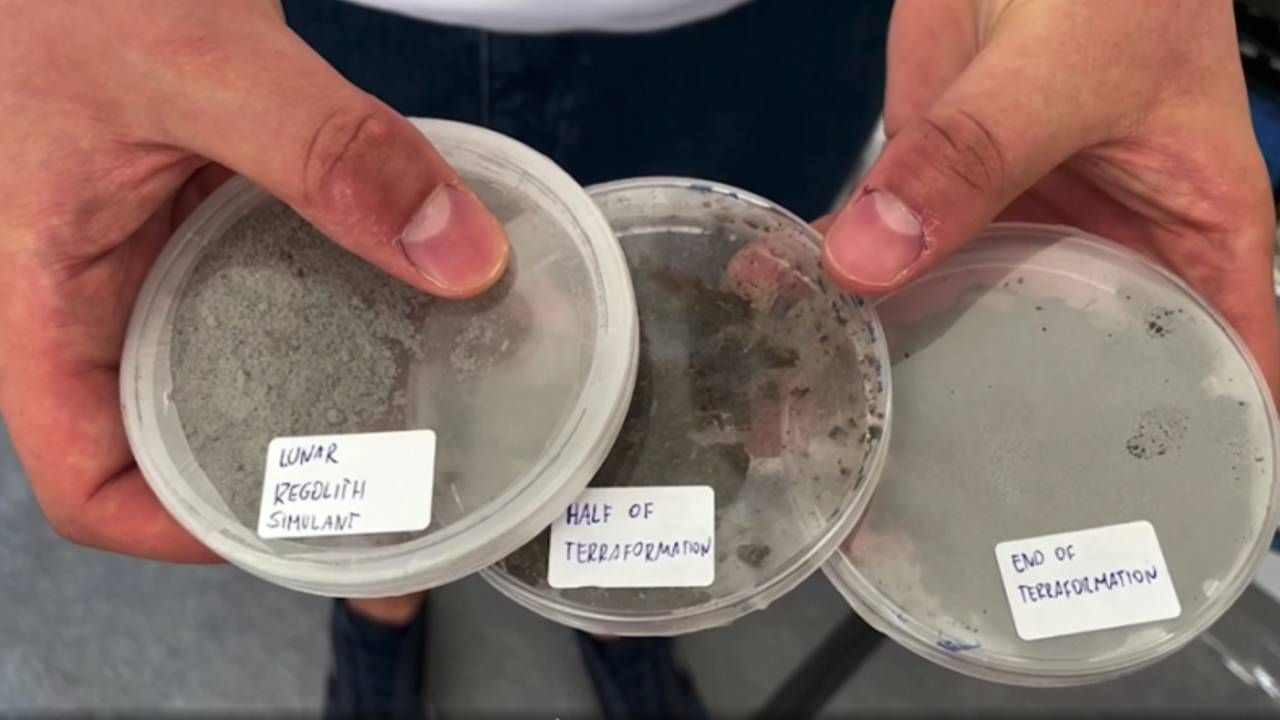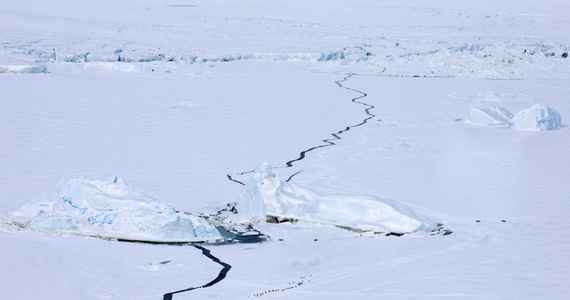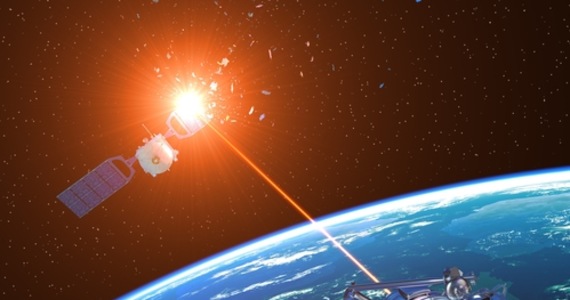How to draw a map of water resources inside a volcanic cone? Why do we need it at all? To get a fuller understanding of the internal processes that occur in magma chambers and their immediate vicinity. This will make it easier for scientists to predict volcanic eruptions, assess the potential of hot water as an energy source, and will help them prospect for mineral deposits, as volcanic regions are filled with needed rare elements and precious metals. for advanced technologies.
Researchers from the United Kingdom and the United States have conducted innovative mapping of hydrothermal solutions within Uturuncu volcano. The results are published in Geophysical Research Letters. The 6,008-meter-high cone is located in the Andes Mountains in southern Bolivia. In this subsurface region is probably the largest igneous body on our planet – the Puna Altiplano, which stretches from Peru to Argentina.
Read also: We are witnessing the awakening of a great volcano. Seismic swarms make themselves felt there

For research purposes, Uturuncu turned out to be an ideal test material for a new mapping method. The volcano hasn’t been spitting lava since the Pleistocene, but it’s not a completely extinct cone yet. Several small earthquakes are recorded daily, and at the top of the cone there are two fumaroles – hot exhalations of gases and water vapors. In any case, the magma body Altiplano Buna itself contains a lot of water (up to 10% by weight), so it is very reasonable to study the distribution of solutions in this place, because there is certainly a lot of it under the surface of Otoronco.
The Bolivian volcano, though dormant, is still worrying. It was found that the cone rises at a rate of 1 cm per year. This is probably due to the presence of magma near the Earth’s surface at this point, which “pushes” the volcano upwards. The upward motion is variable and also depends on the earthquakes that occur in the Uturuncu region.
Read also: The coldest volcano in the world. The landscape here is like Mars, and no one can escape from the black lava
Researchers looked inside Uturuncu volcano. What method did they use?
The main base for the scientists was data on 1,356 earthquakes recorded between April 2010 and October 2012 by 33 seismometers located near the volcano. To find out where pockets of solution rock are located, they analyzed how igneous rocks absorb energy from seismic waves. They also used factors such as pressure, temperature, and electrical conductivity to evaluate the composition of the solutions as well.

It turns out that there is no shortage of brines and various liquids under Uturuncu. The researchers distinguished sectors with layers of “carbonaceous” solutions enriched with carbon dioxide, unsaturated water, or pockets of fluid in a supercritical state, in which the pressure is so great that the solutions cannot be classified as either gases or liquids.
Scientists’ reports, first of all, open a new way to study volcanoes, in the vicinity of which earthquakes are frequent, and there is a suspicion that there are large resources of hot water under their surface. In Poland, the new method will not be particularly applicable – the main problem is the lack of regions with a high frequency of earthquakes. The closest possible research area is in Italy, Turkey and the Canary Islands.

Echo Richards embodies a personality that is a delightful contradiction: a humble musicaholic who never brags about her expansive knowledge of both classic and contemporary tunes. Infuriatingly modest, one would never know from a mere conversation how deeply entrenched she is in the world of music. This passion seamlessly translates into her problem-solving skills, with Echo often drawing inspiration from melodies and rhythms. A voracious reader, she dives deep into literature, using stories to influence her own hardcore writing. Her spirited advocacy for alcohol isn’t about mere indulgence, but about celebrating life’s poignant moments.










